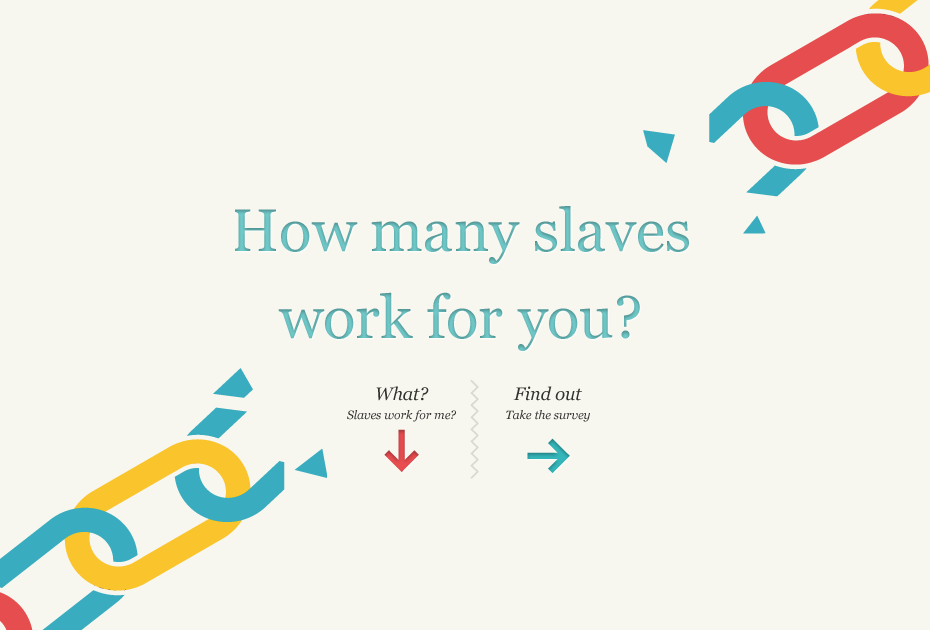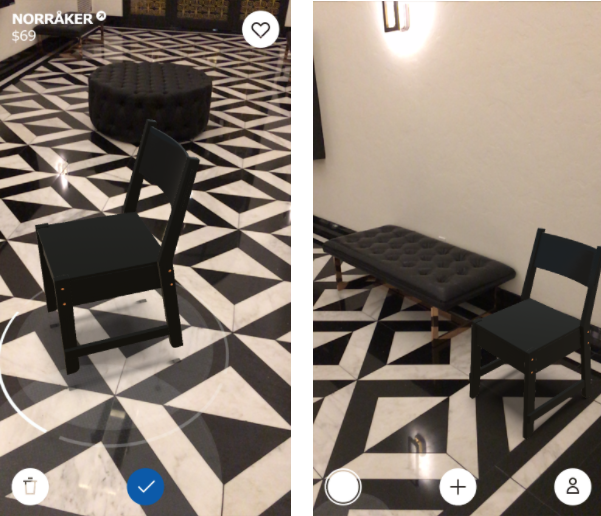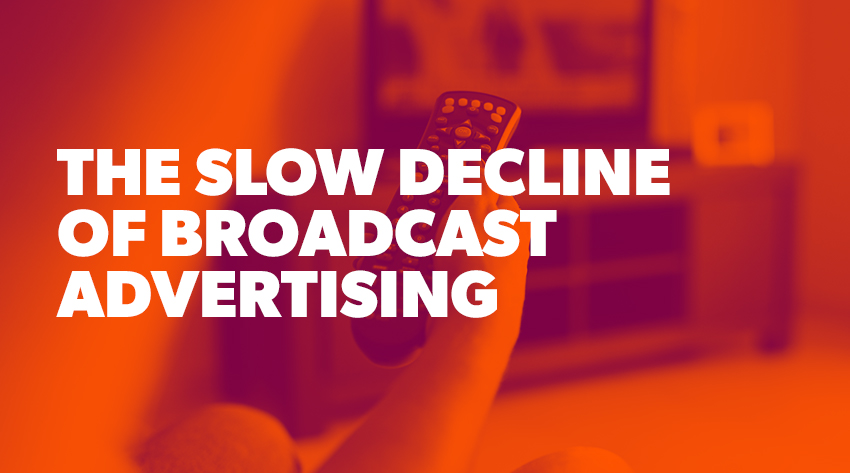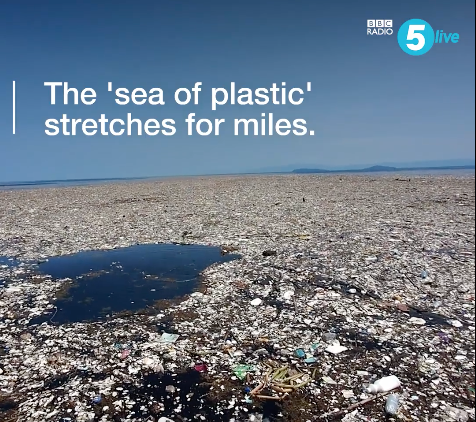I’m really tired of yoghurt adverts. You know, the ones where an attractive, 20-something year old woman licks a spoon in a suggestive way and shouts about it being fat free, while a semi-naked gentleman does something in the background. Yeah, they can pack it in now.
That’s why when I recently read an opinion piece on The Drum by the creative director of Ogilvy & Mather, John Long, about how broadcast advertising is no longer king I thought: ‘Excellent, I won’t have to watch an actress dipping her nose in a yoghurt pot again’.
Okay, that’s perhaps a bit extreme. Sensual yoghurt ads aren’t just going to disappear because fewer people are watching television and even though I started this piece completely off tangent, this change does signify something important - it suggests that bigger brands need to weigh in even more heavily on other means of marketing themselves.
Great news for agencies and marketers.
How can you capitalise on this trend?
The decline of broadcast advertising means more eyes and ears are turned towards social platforms and the internet, making it the perfect opportunity for brands to get their innovative, interactive content out there. So how do marketers capitalise on this trend?
Understand that great ideas are the key
It’s easier than ever to create content. You can do it on your phone, you can type up an article on the move, engage with a customer via an app, or film a video for Instagram in little to no time. All this can be instantly uploaded to the internet for all to see.
However, as Long notes in his Drum article, we need to start thinking more about what we are putting out there. With ease comes indifference. Some may even say brands are now creating content for content’s sake, with no real idea of what it should be doing.
At Zazzle Media we consider a range of key principles to ensure content is being created that will benefit everyone. Now that broadcast advertising is starting to miss the mark, marketers should be looking at the content strategies and ideas they are putting together and asking:
- Is it aimed at the brand’s audience?
- Is it unforgettable?
- Is it engaging?
- Is it relevant?
- Is it helpful?
- Is it new?
People want to feel engaged and considered when it comes to content. They want a brand to speak directly to them.
Without thinking about these principles you’ll be churning out forgettable content that will sit stagnant on the blog section of your website because no one wants to share it or feature it on theirs. It’s happened to the best of us but it hurts every time.
Choose campaigns that make a difference
The campaigns you propose to your clients or put together for your brand need to make a difference. They can be fun but there should be a reason behind them - and not just to increase traffic or sales although, of course, that is the main angle.
It’s an old concept but content that engages is emotional - it plays on nostalgia or the heart strings or even gets people mad about something. It makes them feel - and when we feel we share.
When was the last time you shared something online that wasn’t a Vine or a video of an animal doing something funny? I’m not the biggest eco warrior but I shared this video about plastic in our oceans the other day just because of how shocking (and disgusting) I found it.
Here’s an example of a brand doing it right:
Made In A Free World, a company offering software that brands can use to monitor whether their supply chain has any involvement in slavery practices, created an excellent and hard hitting interactive piece. It simply requires you to fill in a survey, which then estimates how many slaves worked to create the things you own.

Shockingly, everyone I know - myself included - has apparently purchased or owns something that could be linked to slavery, which is a harrowing thought. Whether it’s completely accurate or not, it doesn’t matter - it’s a piece that encourages you to share it with others to spread the message. If you were a business, it would perhaps make you question where you are purchasing supplies from and even push you towards working with the brand.
I’d say this content ticks off all those points above and while it probably took a large amount of time and budget to execute it has been shared 120k times alone. This almost certainly has had more of an impact than 10 blog posts on the same subject.
It proves that the idea alone is the most important thing. Quality over quantity.
Improve collaboration across teams
It can be tough when one team doesn’t see another’s vision but a campaign has to work across every section to be successful. Look at MoneySupermarket’s latest campaign featuring He-Man and Skeletor - it plays into that emotional nostalgia element but also works across everything from TV to social media. It’s something very few brands do - even with a basic concept such as sharing blog posts after they’ve gone live.
Broadcast campaigns perhaps need to have one eye on the main prize and the other on the supporting elements. This means spreading the advertisement message on the homepage of the site, on social media and even if you dabble in print.
What other factors are there to consider?
Services such as Netflix and Amazon are jumping on the bandwagon this year
Many of us pay for some sort of streaming service, which means we pay a premium to access exclusive content that doesn’t harass us with advertisements (looking at you, yoghurt advert) while in the middle of a show. The more we turn to streaming services the harder things get for those who rely on traditional TV marketing.
Amazon is even dipping its toe in its own social media offering with Spark - an Instagram style feed of photos and stories that Prime members can use to find new products - and recently opened its beta for influencer collaborations, where YouTubers get a page of their own to fill with recommended products that they share with their followers.
For brands who really want to get ahead, working with a streaming service is the next best thing. If your brand sells on Amazon, reaching out to one of these YouTubers now collaborating with the marketplace could be a good starting point.
Voice search
My colleague Elle recently considered the impact voice search is going to have and in this world of declining broadcast marketing it’s something brands need to consider looking into. By 2020, it’s predicted that 50% of search queries will be conducted by voice, so this engaging content also needs to focus on keywords that people are more likely to say instead of type.
Augmented reality
Brands who want to be innovative should look towards this new tech as a way of engaging with their audience. It doesn’t have to just be a QR code you view through an app though, new pieces of tech such as Lifeprint allow you to print videos while social media platforms are offering more filters that brands can advertise on that allow people to experience something new. It’s expensive but for those with the budget a route that could pay off.
IKEA are a good example of a brand that has taken AR and created something marketable. Their ‘Place’ app allows potential customers the opportunity to try out furniture in their home first - taking a picture of their space and then moving the item into the room on their screen to see if it fits.

TV advertising isn’t going to completely die though, right?
No, of course not. But it’s worth noting that brands will need to focus more on other approaches to stay ahead of the game - as the bigger players try to get involved now that broadcast advertising doesn’t have the same impact.
In the UK, according to the Ofcom Consumer Marketing Report, three hours and 32 minutes are spent watching broadcast TV every day, which is by no means a small amount, however people are also spending:
- One hour on social networks (34 minutes of this is on a smartphone)
- Two hours and ten minutes browsing on a computer
- 31 minutes watching a digital video on a mobile device
And in this time, they will be subjected to a huge number of advertising opportunities that brands can make more use of than a 30 second slot on TV, reaching a wider variety of individuals - notably younger ones. It’s something to bear in mind when thinking about big campaigns.
The verdict? Now that broadcast advertising is slowing down, we should see more engaging content and less sexy yoghurt consumption. What a time to be alive.
Sign up for our monthly newsletter and follow us on social media for the latest news.






 Proudly part of IPG Mediabrands
Proudly part of IPG Mediabrands